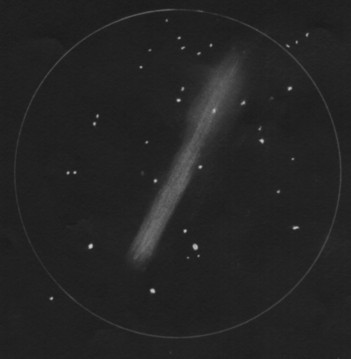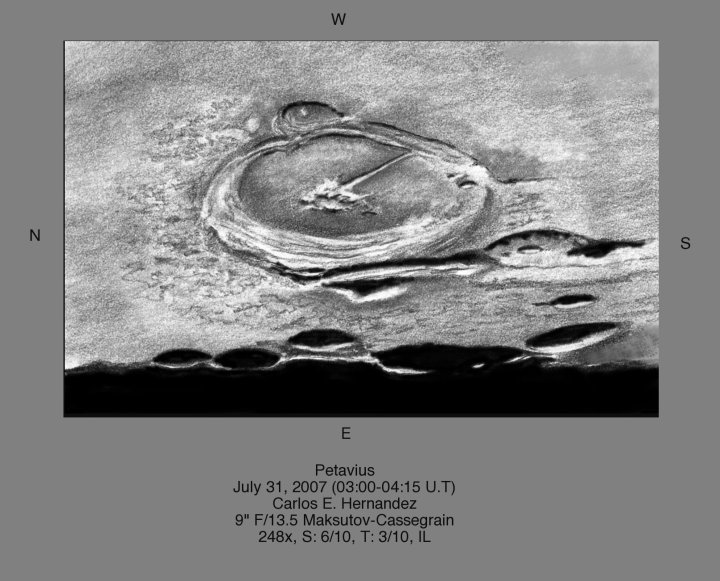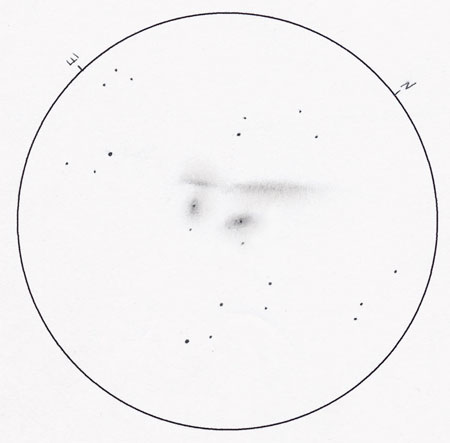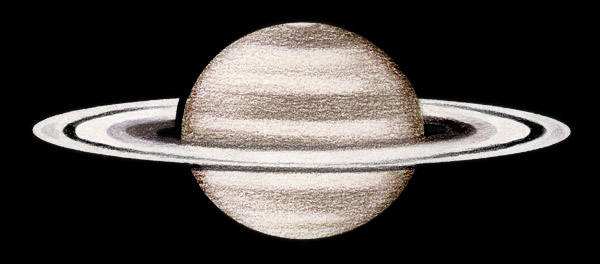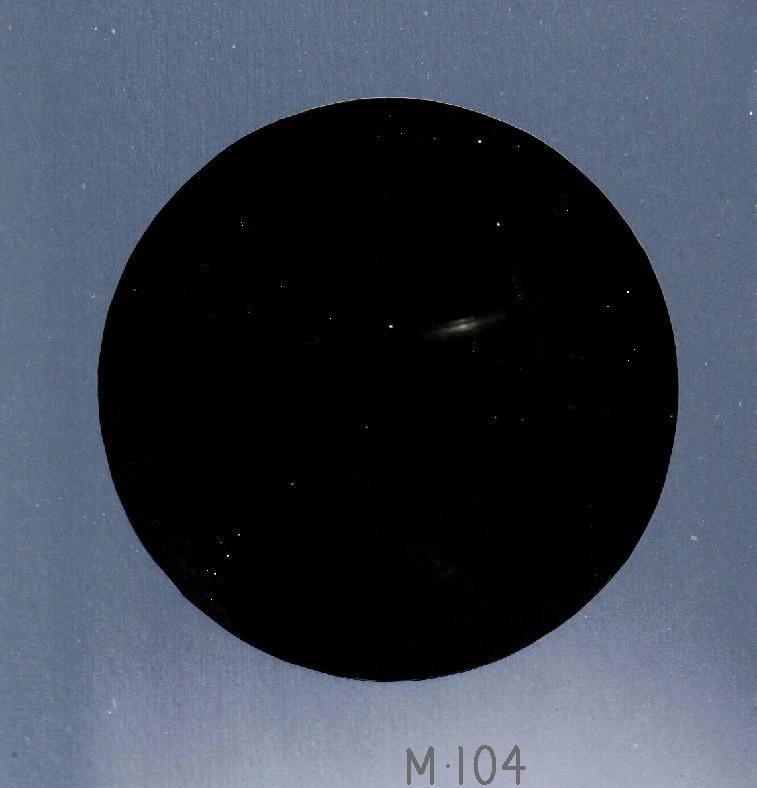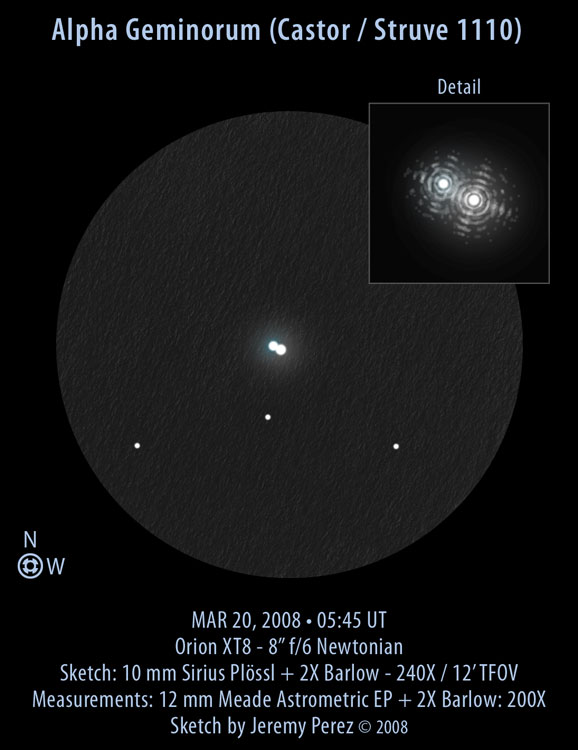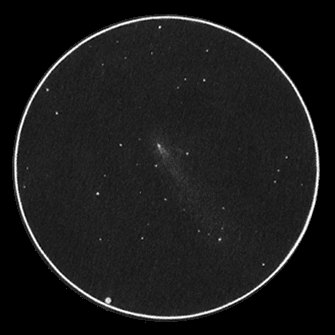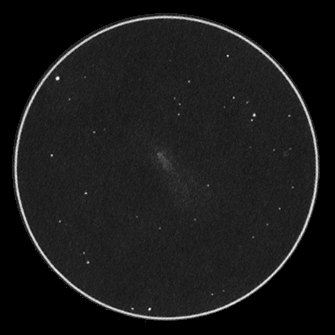
Solar H-Alpha
Sketch and Commentary by Erika Rix
2008 04 06, 1240ST – 1330ST (1640UT – 1730UT)
Solar H-alpha
PCW Memorial Observatory, Zanesville, Ohio, USA, Lat: 40.01 / Long: -81.56
Erika Rix
Temp: 62.1 °F / 16.7 °C
Winds: 3.5 mph from the East
Humidity: 52%
Seeing: 5/6 with moments of 2/6
Transparency: 4/6
Alt: 51.3 Az: 143.3
Equipment:
Internally double stacked Maxscope 60mm, LXD75, 40mm ProOptic Plossl, 21-7mm Zhumell
Sketch Media:
H-alpha – Black Strathmore Artagain paper, white Conte’ and Prang pencils, white vinyl eraser.
Added –25 brightness, +15 contrast after scanning in color at 300 dpi. Tilting Sun program used for digital Sun insert.

